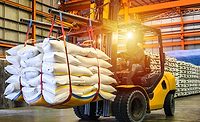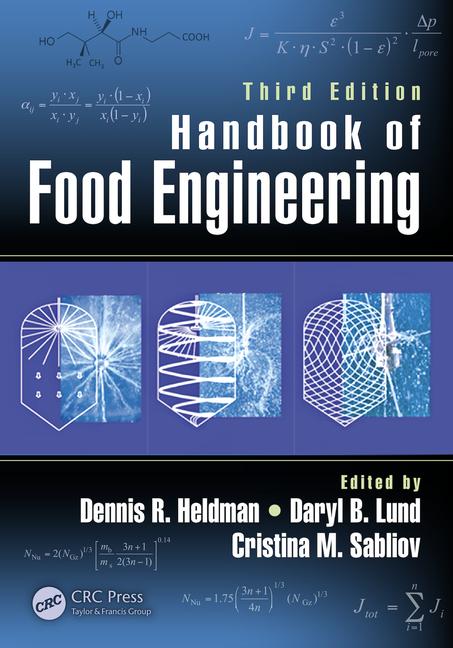
Whether it’s a car motor, bicycle chain or food processing machine, all equipment requires lubrication. In fact, every piece of equipment used in a food processing facility requires lubrication, making it an essential part of equipment performance and endurance. Some specialty operations or parts may use finely tooled parts or plastics that do not wear, but the bottom line is lubricants are a necessity. As a result, an important aspect of food plant operations is sanitary equipment design, including the installation of catch pans under all motors, regardless of lubricant type used.
There are two basic types of lubricants used in food processing: food grade and non-food grade. Food grade lubricants generally are mineral oils or are manufactured from vegetable oils. They must comply with the requirements described in 21 CFR Part 178.3570, sections 172.860 for vegetable oils and 172.878 for mineral oils. Food grade lubricants must not contain heavy metals or ingredients classified as carcinogens, mutagens or teratogens. They are not petroleum based. A common misconception is that these lubricants are edible and may be used in situations where they could get into product. But a food contaminated with a food grade lubricant would be considered adulterated. Food grade greases are allowed “incidental” contact with foods, but they cannot be eaten.
Many food processors have made efforts to remove all non-food grade lubricants from their plants. Whether or not this can be done depends on the equipment used. For example, hydraulic systems generally require heavy, non-food grade lubricants. While there are some food grade lubricants available for this application, they are more expensive. Some are worth the extra expense. This especially is true with fork lifts. These units can shed lubricants as a fine spray during use, and some recalls have been traced to these incidents.
How food processors manage lubricants is a standard part of most third-party audits. Proper lubricant management includes usage, storage and segregation of food and non-food grade lubricants. Plant management should be able to clearly demonstrate that programs are in place for proper usage of all lubricants.
Lubricants should be stored in adherence to the plant’s chemical storage policy and kept in a locked area. It also is recommended that food and non-food grade oils be stored in separate facilities to reduce misuse. It’s a good idea to consider the kinds of lubricants purchased. Some operators utilize contrasting colored oils - white or clear food grade oils, black or gray non-food grade items - to minimize errors.
Color-coded grease guns also help avoid mistakes. Some mistakes could be avoided if manufacturers produced different sized containers for food grade and non-food grade greases. For example, if food grade greases are put in red or green grease guns, the guns should be sized so that only food grade greases will fit into it. Unfortunately, lubricant manufacturers have yet to implement this. Proper storage and marking of lubricants will ensure that the correct oil is used for the right application. If color-coded grease guns are used, clear signage should be used. All persons authorized to lubricate equipment must be trained in this procedure. The lubrication program also should define who is authorized to apply lubricants and how they should be trained.
Clearly defining lubrication schedules for each unit operation or piece of equipment is essential to a successful program. Ideally, the schedule for each piece of equipment should define the lubricant to be used, the frequency and the amount used.
Both food grade and non-food grade lubricants have their place, but they must be kept separate and used properly to avoid adulteration risk. It may seem like a lot of work, but proper management will protect your products and equipment.





